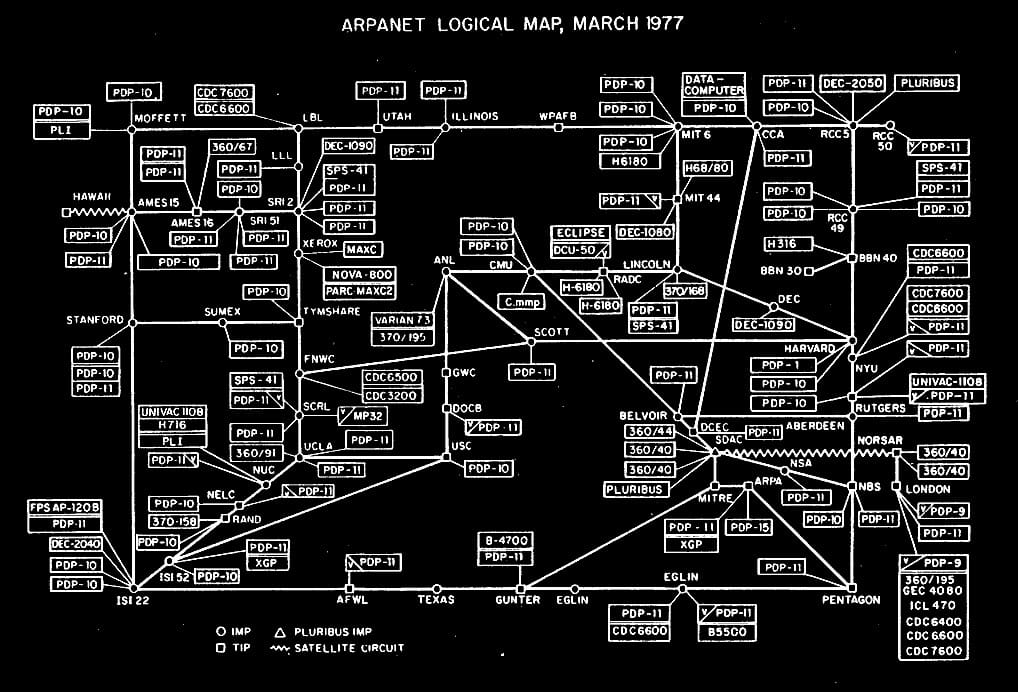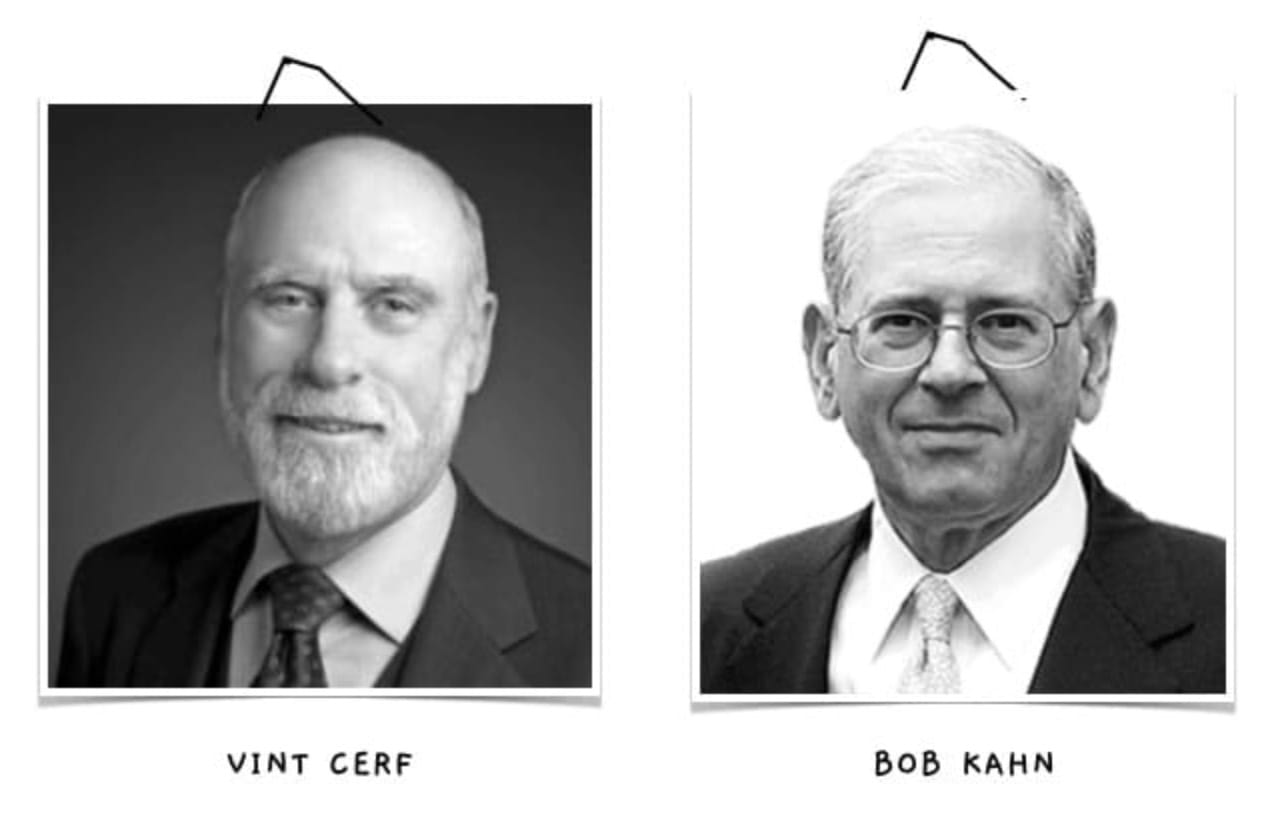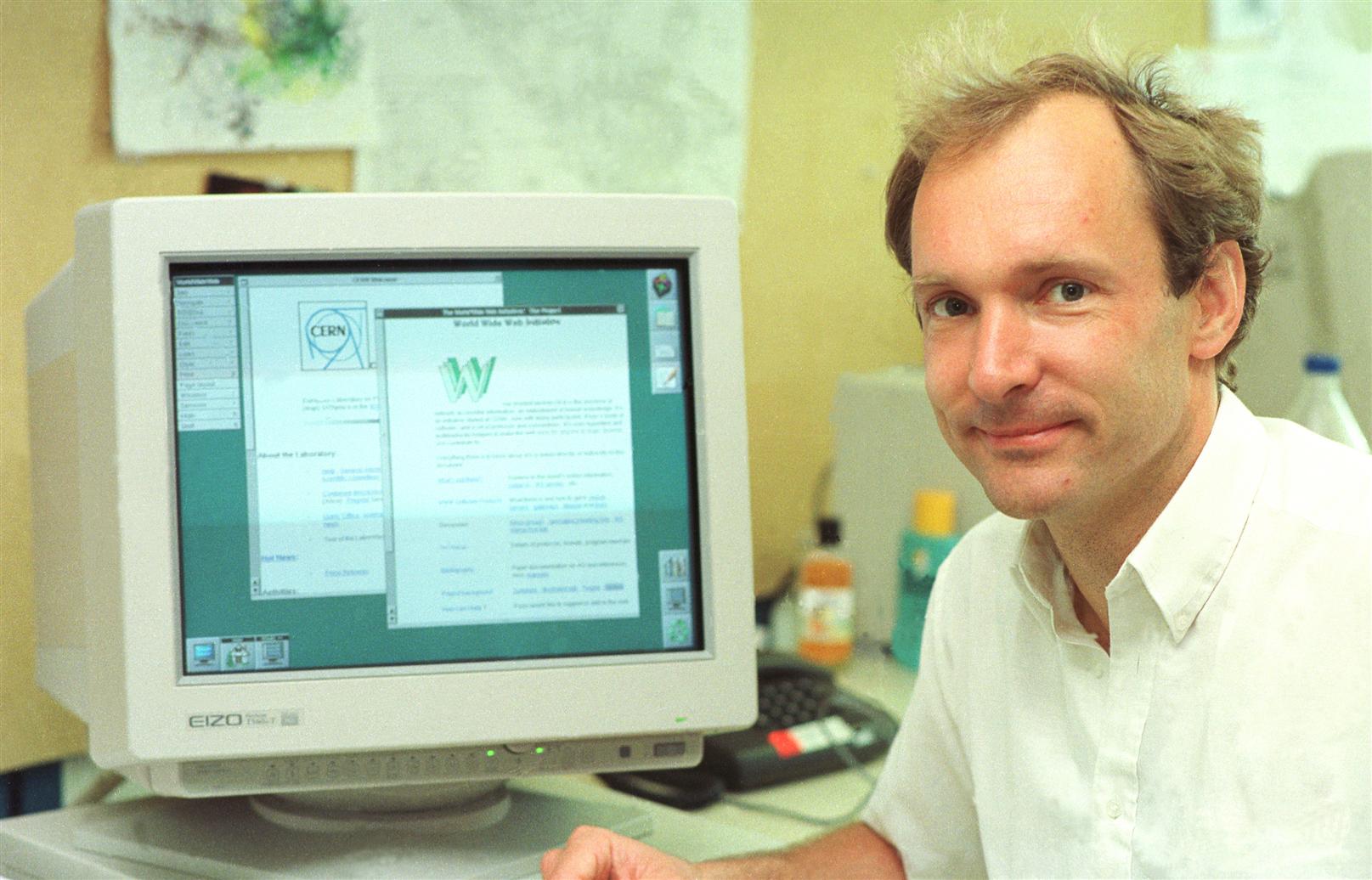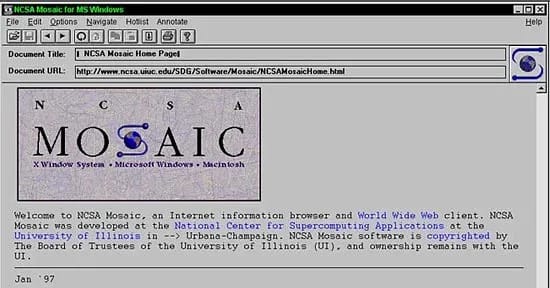Welcome back to Zigao Wang’s Blog! Today, we’re going to talk about how the Internet and the World Wide Web came to be. From the early days of networking to the creation of the first website, this is the story of how the Internet was invented and how it has changed our lives.
The Early Days: ARPANET and Networking
The story of the Internet starts in the 1960s. During this time, the United States Department of Defense wanted a way to ensure communication could continue even if parts of the network were destroyed. This led to the development of ARPANET (Advanced Research Projects Agency Network).
ARPANET: The First Network
In 1969, ARPANET became the first successful attempt at creating a network that could connect different computers. The first message sent over ARPANET was supposed to be “LOGIN,” but the system crashed after the first two letters, so the first message ended up being just “LO.” Despite this rocky start, ARPANET quickly grew, connecting more universities and research centers.


Packet Switching
One of the key ideas behind ARPANET was packet switching. This method breaks data into small packets that are sent independently over the network and then reassembled at their destination. This was more efficient and reliable than the older methods of sending data.
The 1970s and 1980s: Building the Foundation
The 1970s and 1980s saw a lot of progress in networking technologies. Many researchers and engineers were working on different projects that would eventually come together to form the modern Internet.
TCP/IP: The Internet’s Language
In 1974, Vint Cerf and Bob Kahn introduced the Transmission Control Protocol (TCP) and the Internet Protocol (IP), or TCP/IP. These protocols provided a standard way for different networks to communicate with each other. By 1983, ARPANET had adopted TCP/IP, which helped create a more unified network.

The Expansion of ARPANET
Throughout the 1970s, ARPANET continued to grow, connecting more institutions and developing new applications. By the early 1980s, it was clear that networking technology had a lot of potential.
The Birth of Email
One of the most important developments during this time was the invention of email. In 1971, Ray Tomlinson sent the first email message. He used the “@” symbol to separate the user’s name from the computer’s name, a convention we still use today. Email quickly became one of the most popular uses of ARPANET.

The World Wide Web: Bringing It All Together
While the foundations of the Internet were being laid, the idea of the World Wide Web was still taking shape. This idea would become a reality thanks to the work of Tim Berners-Lee.
Tim Berners-Lee: Inventing the Web
Tim Berners-Lee, a British computer scientist working at CERN (the European Organization for Nuclear Research), saw the need for a better way to share information among researchers. In 1989, he proposed a system that used hypertext to link documents together, creating a “web” of information that could be accessed through a simple interface.

Creating the Web: HTML, HTTP, and URLs
To make his vision a reality, Berners-Lee developed three key technologies:
- HTML (HyperText Markup Language): A language for creating web pages.
- HTTP (HyperText Transfer Protocol): A protocol for transferring web pages over the Internet.
- URL (Uniform Resource Locator): Addresses for locating web pages.
With these technologies, Berners-Lee created the first web browser and web server, allowing users to access and navigate the web.
The First Website
On August 6, 1991, Berners-Lee launched the world’s first website, hosted on his NeXT computer at CERN. The website, titled “World Wide Web,” provided information about the web project, including how to create web pages and set up web servers. The URL for this historic site was http://info.cern.ch.

The first website was simple, consisting of basic text and hyperlinks, but it represented a huge leap forward in information sharing.
The Web Goes Public
In 1993, the World Wide Web began to gain traction. CERN announced that the web would be free for anyone to use, allowing developers and researchers around the world to contribute to its growth.
The Rise of Web Browsers
One of the key factors in the web’s rapid growth was the development of user-friendly web browsers. In 1993, Marc Andreessen and Eric Bina at the National Center for Supercomputing Applications (NCSA) released Mosaic, the first widely-used web browser. Mosaic’s graphical interface made it much easier for people to use the web.

The Birth of the Modern Internet
With the development of web browsers and the adoption of common standards, the Internet began to grow rapidly. By the mid-1990s, it had become a global network, connecting millions of people and changing the way we communicate, work, and play.
The Impact of the Internet
The invention of the Internet and the World Wide Web has had a profound impact on nearly every aspect of our lives. Here are just a few ways it has changed the world:
Communication
The Internet has revolutionized communication. Email, instant messaging, and social media have made it possible to connect with people around the world instantly.
Information Access
The web has made it easier than ever to access information. With just a few clicks, you can find information on nearly any topic, from academic research to DIY projects.
Commerce
The Internet has transformed commerce, giving rise to e-commerce giants like Amazon and eBay. Online shopping has become a major part of the global economy.
Entertainment
From streaming movies and music to playing online games, the Internet has changed the way we entertain ourselves.
Education
Online education has made learning more accessible. Platforms like Coursera, Khan Academy, and others provide high-quality educational resources to people around the world.
Conclusion
The story of the Internet and the World Wide Web is a testament to human ingenuity and collaboration. From the early days of ARPANET to the launch of the first website, countless individuals and institutions have contributed to the development of this revolutionary technology. As we continue to explore the possibilities of the Internet, it’s clear that it will remain a vital part of our lives for years to come.
The journey of the Internet is far from over, and its future holds countless possibilities for further innovation and discovery. Until next time, happy browsing!